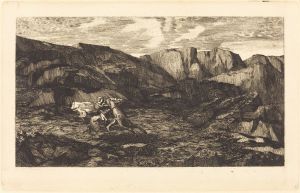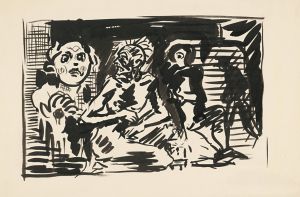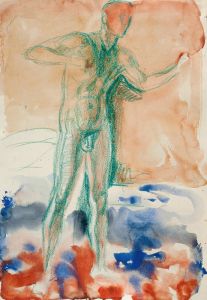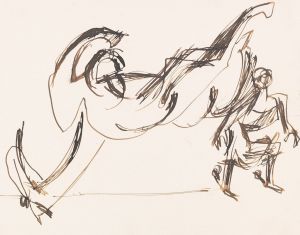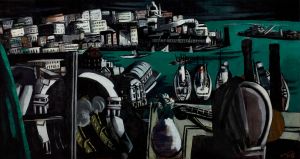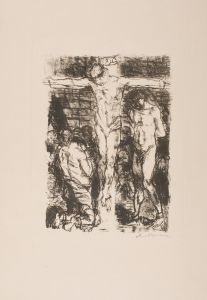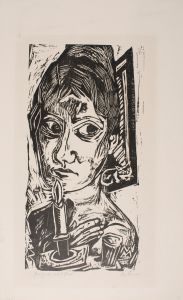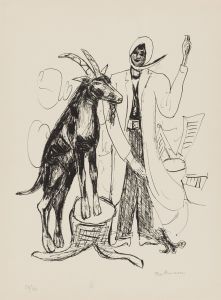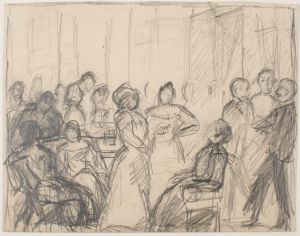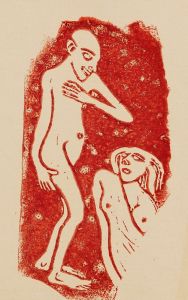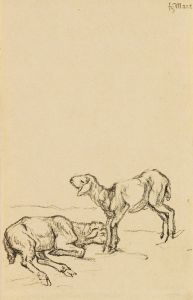
Kahlbaum
A hand-painted replica of Max Beckmann’s masterpiece Kahlbaum, meticulously crafted by professional artists to capture the true essence of the original. Each piece is created with museum-quality canvas and rare mineral pigments, carefully painted by experienced artists with delicate brushstrokes and rich, layered colors to perfectly recreate the texture of the original artwork. Unlike machine-printed reproductions, this hand-painted version brings the painting to life, infused with the artist’s emotions and skill in every stroke. Whether for personal collection or home decoration, it instantly elevates the artistic atmosphere of any space.
Max Beckmann was a prominent German painter and printmaker, associated with the New Objectivity movement, which emerged in Germany in the aftermath of World War I. Beckmann's work is characterized by its bold forms, intense colors, and often complex compositions that reflect the tumultuous times in which he lived. One of his notable works is "Kahlbaum," a painting that exemplifies his unique style and thematic concerns.
"Kahlbaum" was created during a period when Beckmann was deeply engaged with the exploration of human psychology and the complexities of modern life. The painting is named after a person or possibly a family, though specific details about the identity of "Kahlbaum" are not widely documented. This lack of detailed information about the subject is not uncommon in Beckmann's work, as he often focused more on the emotional and psychological resonance of his subjects rather than their biographical specifics.
The painting is executed in Beckmann's distinctive style, which combines elements of expressionism with a more structured, almost classical approach to composition. This blend of styles is a hallmark of the New Objectivity movement, which sought to present a more realistic and socially engaged form of art that reacted against the emotional excesses of earlier expressionism.
In "Kahlbaum," Beckmann employs a rich palette and strong, decisive lines to create a sense of depth and intensity. His use of color is particularly noteworthy; he often used contrasting hues to evoke emotional tension and highlight the psychological undercurrents of his subjects. The figures in the painting are rendered with a sense of solidity and presence, yet there is an underlying tension in their poses and expressions, suggesting a narrative that is open to interpretation.
Beckmann's work often reflects his personal experiences and the broader socio-political context of his time. Having lived through both World Wars and the interwar period in Germany, his art frequently grapples with themes of conflict, identity, and the human condition. "Kahlbaum," like many of his works, can be seen as a meditation on these themes, inviting viewers to consider the complexities of the human psyche and the world around them.
Throughout his career, Beckmann was known for his ability to convey profound psychological insights through his art. His paintings often feature enigmatic figures and scenes that challenge viewers to engage with the deeper meanings beneath the surface. "Kahlbaum" is no exception, offering a glimpse into Beckmann's ongoing exploration of the human experience.
Max Beckmann's legacy as an artist is significant, and his works continue to be studied and appreciated for their technical mastery and emotional depth. "Kahlbaum" stands as a testament to his skill and vision, encapsulating the essence of his artistic journey and the historical moment in which he worked.





